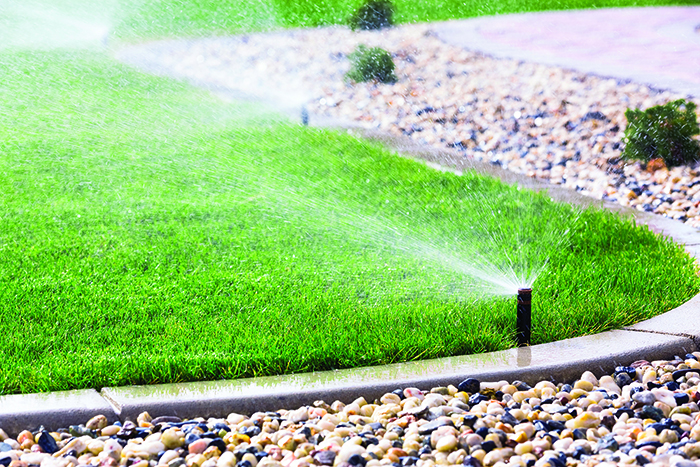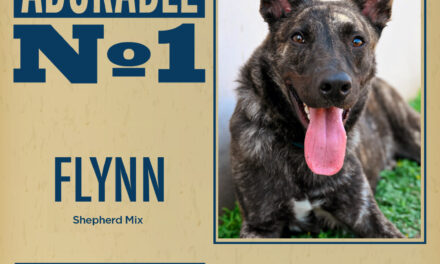Although summer heat blankets the entire region, lawn care isn’t onesize-fits-all. Smart Irrigation Month in July is a reminder to explore best practices. Shohn Rodgers, Superintendent of Parks, said the City’s irrigation protocols are unique to particular areas.
“Different species of turf grass have different needs. It can be as simple as knowing the type of grass you have and watering accordingly,” he said. “In our parks, we also understand that some areas like athletic fields need to have greater amounts of water because there can be a lot more traffic in those areas, and because we want to make sure we provide a good playing surface.” Shady areas require less water because tree and shrub canopies help keep the ground below more cool and moist. Watering in early or evening hours also makes the most of water and does the best job of replacing the moisture that plants lose normally during dry weather.
“The most important thing is to water only as much as you need,” Rodgers said. “It’s probably not as much as you think. Right after big rains, you hardly need to irrigate at all.”
Grasses and other plants are healthier when their root systems go farther into the soil for resources, making twice-per-week watering ideal. Still, it can be easy to overdo it, especially when regular irrigation is combined with heavy rain. Typically, most turf grasses need about .75 to 1 inch of water per week.
“Plants need the right amount of water to stay healthy—particularly in Texas. The problem is that overwatering and underwatering effects look the same—withering,” Rodgers said. “A quick way to check the soil moisture is to put your finger in the soil and see if it feels damp. That can give you a good idea of whether things are too wet or too dry.”
The Texas A&M Agrilife Extension offers a free tool to help homeowners determine their watering needs. The WaterMyYard program uses local weather data pulled from weather stations and rain gauges, combined with proven methods, and provides customized weekly water advice.
The best irrigation systems have rain and freeze sensors, and moisture-based controllers, allowing the system to respond to weather with smart technology. Homeowners can determine if they are watering too much or with overly high water pressure by seeing if water is running off into the sidewalk or street rather than being absorbed by grass and plants.
Checking the condition of sprinklers annually helps determine if lawns are being watered evenly and effectively. For flowers, shrubs and trees, residents often find drip irrigation is more efficient, in which water directly permeates the soil rather than spraying the plant or trunk.
Letting grass grow slightly longer leads to more established root systems and a more effective internal cooling and moisture-retention process for the grass.
Mulching grass clippings and leaves is an optimal way to both cut down on yard waste and reduce the amount of water needed. Applying mulch helps retain ground moisture and nourishes the soil with nitrogen as the yard waste breaks down. A mulching mower is an easy way to create mulch; as always, mowing is not recommended when grass is damp.
Rain barrels effectively utilize rainwater runoff to keep yards nourished, but residents should be careful not to allow standing water to sit in exposed barrels for extended periods of time; it can become infested with mosquitoes and algae.
Across many aspects of lawn care, a licensed irrigator can offer expert input. Visit www.watermyyard.org for customized recommendations.





